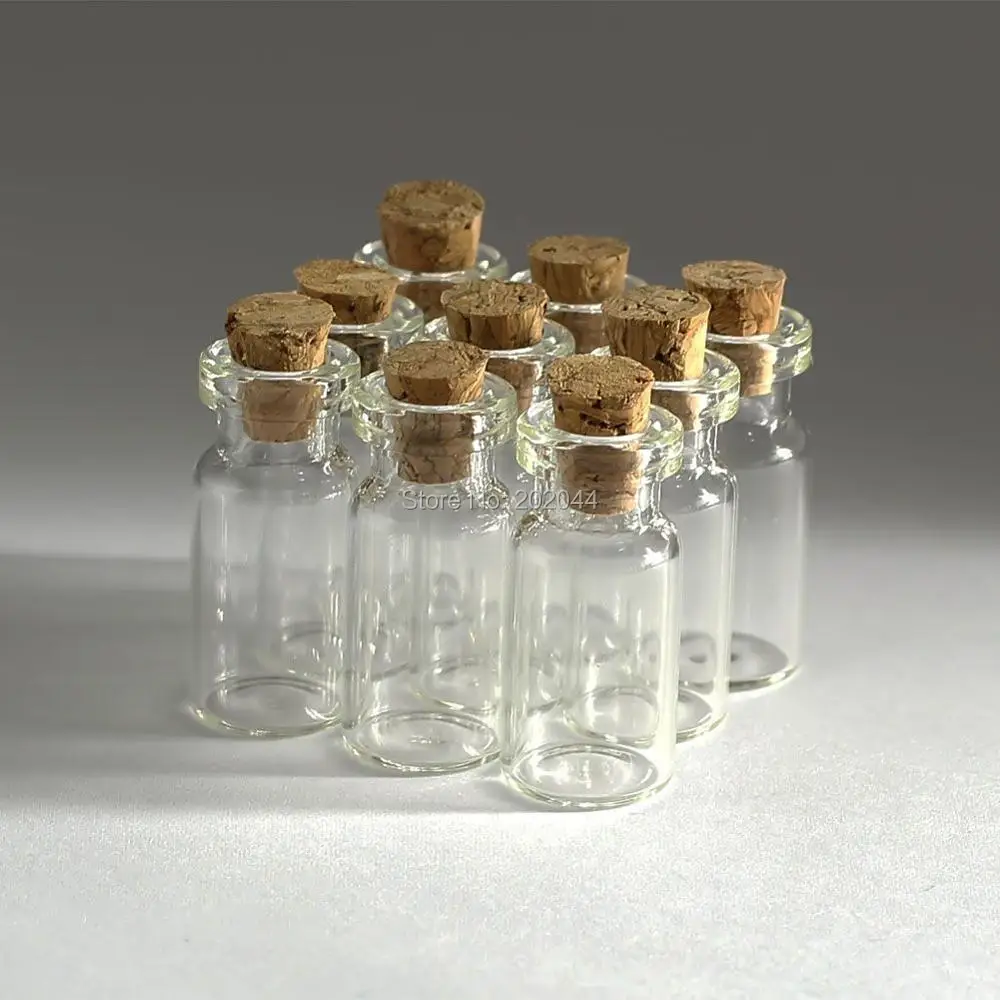The Environmental Impact of Glass Containers in the Dairy Industry
As a content writer in the glass container industry, I understand that dairy producers and consumers alike are increasingly concerned about sustainability and the environmental footprint of packaging. In this article, we'll explore how glass containers contribute to a greener future in the dairy sector while addressing the factors that matter to both businesses and consumers. 1. Energy Efficiency: Glass manufacturing may have a higher upfront energy cost compared to some alternatives, but it pays off when it comes to long-term environmental benefits. Glass is infinitely recyclable, reducing waste and lowering the need for new raw materials. The recycling process for glass uses about 25% less energy than producing new glass, making it a more eco-friendly choice. 2. Recycling Rates: Glass containers have one of the highest recycling rates among all packaging materials, reaching up to 95% in many regions. This means that when dairy products are consumed, the glass can be collected, crushed, and remade into new containers without losing quality. This closed-loop system minimizes waste and conserves resources. 3. Durability: Glass is a strong and durable material, ensuring that dairy products stay fresh for longer periods without the need for excessive packaging. This reduces the overall amount of packaging used, which translates to fewer trips to landfills and less energy spent on transportation.  4. BPA-Free: Glass is naturally free of Bisphenol A (BPA), a chemical sometimes found in plastics that can leach into food. For consumers, this makes glass containers a safer and healthier option for storing and consuming dairy products, particularly for families with young children or those concerned about food safety. 5. click for more : Many glass manufacturers source their materials responsibly, using renewable energy sources like wind or solar power. This commitment to clean energy further reduces the environmental impact of glass production. 6. Aesthetic Appeal: Glass containers are visually appealing, giving dairy products an elegant and premium look. Their transparency allows consumers to see the product inside, promoting transparency and trust in the brand's commitment to quality. 7. Heat Resistance: Unlike plastic, glass doesn't absorb odors or flavors, nor does it retain heat, preserving the taste and freshness of your favorite dairy products. This is particularly important for products like yogurt, cheese, and milk that maintain their quality over time. 8. Longevity and Reusability: Glass containers can be reused multiple times, providing a practical and environmentally friendly option for consumers who prefer to avoid single-use packaging. This encourages a circular economy where less waste is generated. The environmental impact of glass containers in the dairy industry is a compelling factor for both businesses and consumers. By choosing glass, companies can demonstrate their commitment to sustainability, while consumers can enjoy peace of mind knowing they're supporting a more eco-conscious choice. As we move towards a more sustainable future, glass containers continue to shine as a responsible packaging solution for dairy products.
4. BPA-Free: Glass is naturally free of Bisphenol A (BPA), a chemical sometimes found in plastics that can leach into food. For consumers, this makes glass containers a safer and healthier option for storing and consuming dairy products, particularly for families with young children or those concerned about food safety. 5. click for more : Many glass manufacturers source their materials responsibly, using renewable energy sources like wind or solar power. This commitment to clean energy further reduces the environmental impact of glass production. 6. Aesthetic Appeal: Glass containers are visually appealing, giving dairy products an elegant and premium look. Their transparency allows consumers to see the product inside, promoting transparency and trust in the brand's commitment to quality. 7. Heat Resistance: Unlike plastic, glass doesn't absorb odors or flavors, nor does it retain heat, preserving the taste and freshness of your favorite dairy products. This is particularly important for products like yogurt, cheese, and milk that maintain their quality over time. 8. Longevity and Reusability: Glass containers can be reused multiple times, providing a practical and environmentally friendly option for consumers who prefer to avoid single-use packaging. This encourages a circular economy where less waste is generated. The environmental impact of glass containers in the dairy industry is a compelling factor for both businesses and consumers. By choosing glass, companies can demonstrate their commitment to sustainability, while consumers can enjoy peace of mind knowing they're supporting a more eco-conscious choice. As we move towards a more sustainable future, glass containers continue to shine as a responsible packaging solution for dairy products.